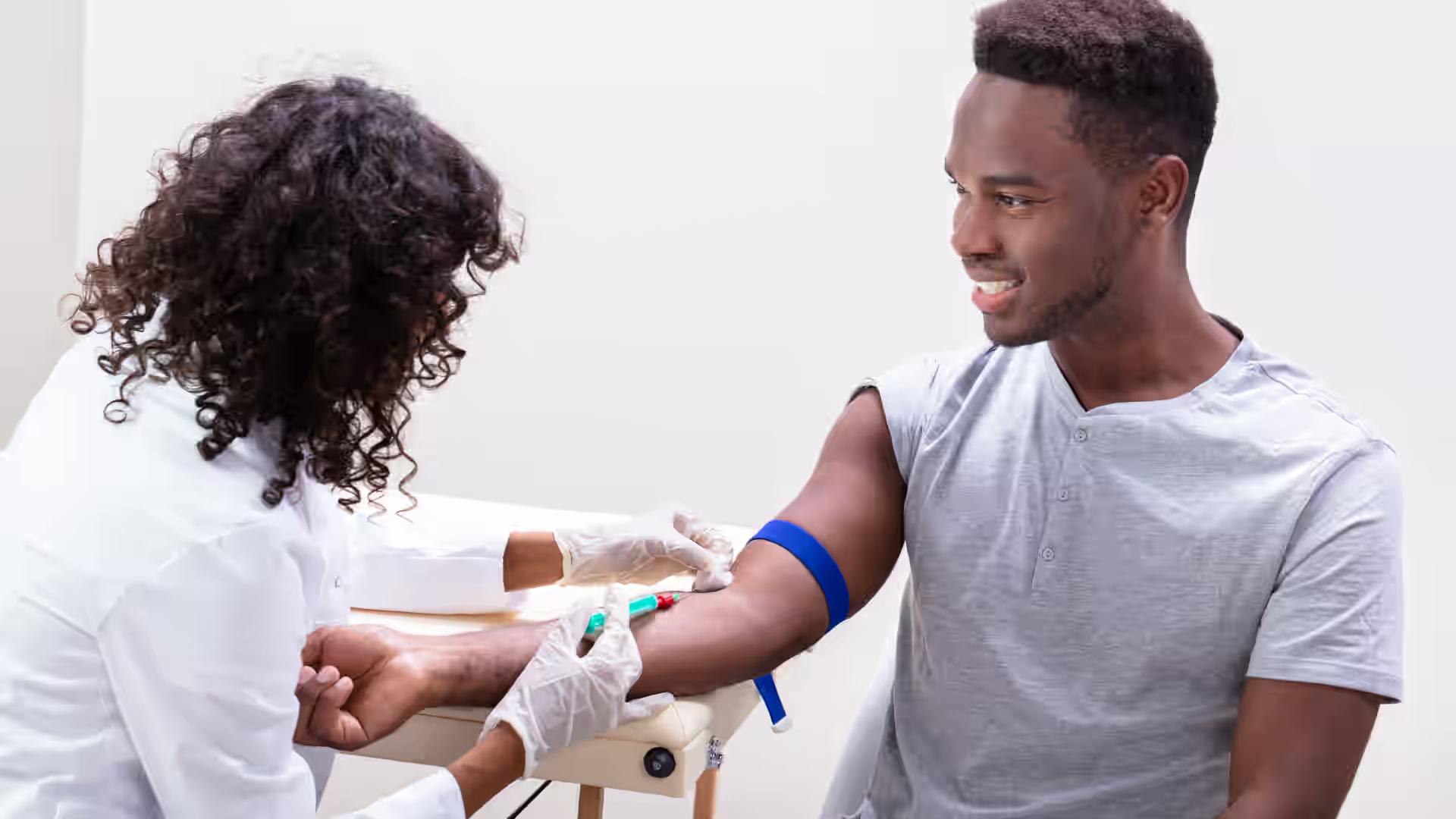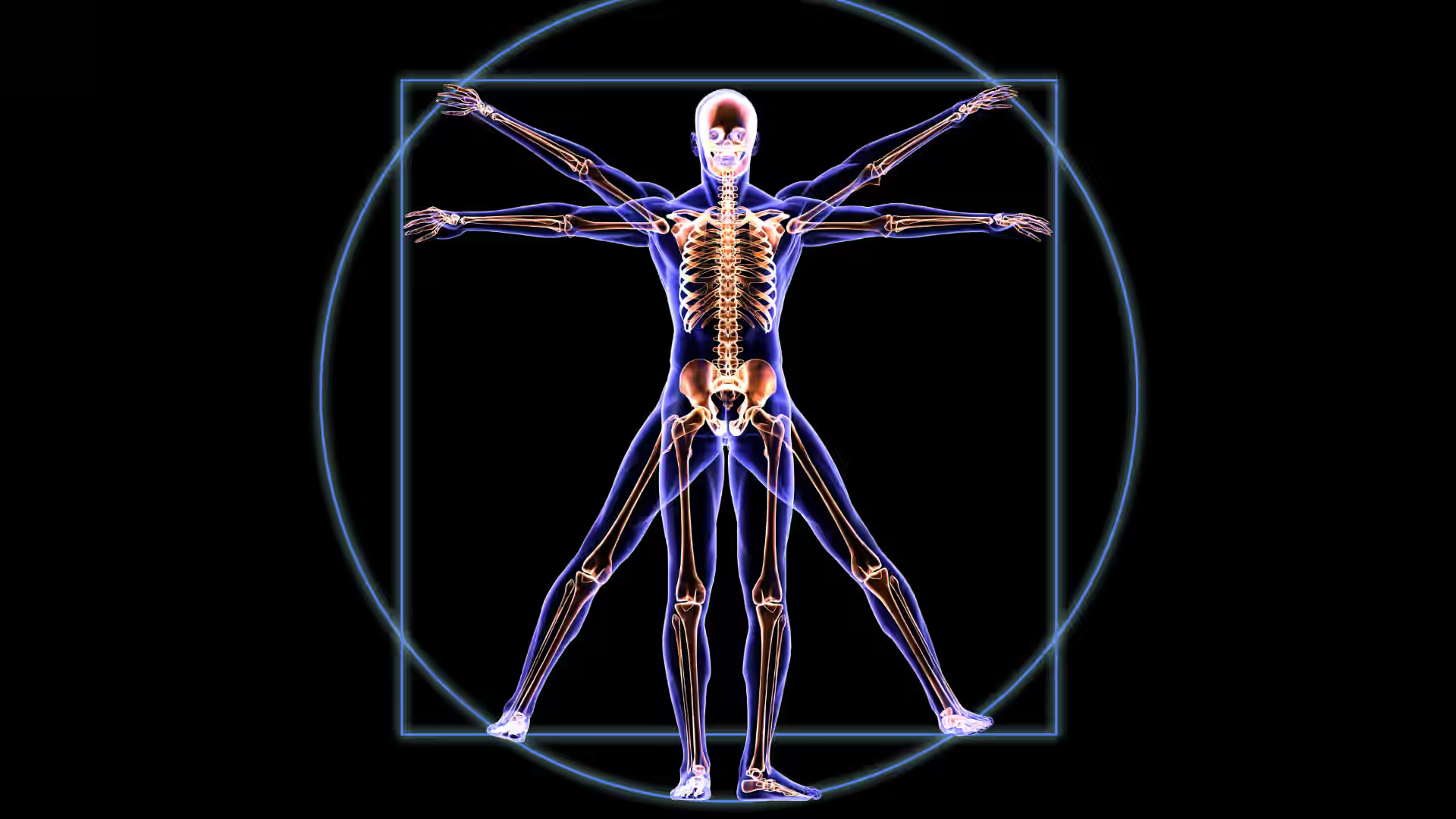Bladder cancer is a disease that affects thousands of people worldwide every year. It's the sixth most common cancer in the United States, with an estimated 84,870 new cases expected in 2025, according to the American Cancer Society.
Bladder cancer prognosis is cancer stage- and grade-dependent; diagnostic delays lead to poorer outcomes. Recognizing the early symptoms of bladder cancer serves as one measure to improve early detection and survival rates.
[signup]
Understanding Bladder Cancer
Cancer is a disease characterized by the uncontrolled growth and spread of abnormal cells in the body, which can form tumors and invade surrounding tissues.
What Is Bladder Cancer?
Bladder cancer begins in the tissues of the bladder, a hollow organ in the lower abdomen that stores urine. There are several types of bladder cancer, but the most common is urothelial carcinoma, also known as transitional cell carcinoma (TCC). This type of cancer starts in the (urothelial) cells that line the bladder, renal pelves, ureters, and urethra.
There are other types of bladder cancer, but these are less common than TCC. Each type of cancer is named based on the type of cell that becomes cancerous. These include:
- Squamous cell carcinoma
- Adenocarcinoma
- Sarcoma
- Small cell carcinoma
Bladder cancer can grow and spread in different ways, either within the bladder or to other parts of the body, such as the lymph nodes, liver, and bones. When this happens, it is called metastatic bladder cancer.
Key Statistics on Bladder Cancer
The updated GLOBOCAN 2022 report revealed that bladder cancer moved from the tenth to the ninth most commonly diagnosed cancer worldwide and is the sixth most commonly diagnosed cancer in men.
In the United States, bladder cancer incidence rates have steadily decreased by 1% annually in both men and women. Still, it is the tenth leading cause of cancer death.
Smoking is the strongest risk factor for bladder cancer. According to the American Cancer Society, smoking causes about half of all bladder cancer. Other factors that increase your chances of getting bladder cancer include:
- Environmental exposure to aromatic amines, PFAs (per- and polyfluoroalkyl substances), arsenic, and nitrate
- Caucasian race
- Age over 55
- Male sex
- Radiation and chemotherapy
- Frequent urinary tract infections and urinary stones
- Chronic bladder catheterization
- Family history of bladder cancer
Symptoms and Early Warning Signs
The majority (75%) of bladder cancers are diagnosed at an early stage. This is because bladder cancer often causes symptoms that prompt individuals to seek medical attention.
Common Bladder Cancer Symptoms
Blood in the urine (hematuria) is the most common symptom of bladder cancer, occurring in 85% of cases. Gross hematuria makes your urine look pink, red, or brown. However, sometimes, hematuria doesn't change the color of urine and can only be detected with a urine test. This is called microscopic hematuria.
Additionally, 20-30% of patients with bladder cancer experience the following changes in urination:
- Pain or burning during urination (dysuria)
- A sudden and uncontrollable urge to urinate immediately (urgency)
- Needing to urinate often (frequency)
Symptoms by Stages
Cancer stages describe the extent of the disease's spread in the body, considering factors like tumor size, lymph node involvement, and metastasis.
More advanced bladder cancers that have spread to other parts of the body are more likely to cause symptoms like:
- Having trouble or being unable to urinate
- Low back or abdominal pain
- Bone pain
- Unintentional weight loss
- Loss of appetite
- Fatigue
- Swelling in the legs and feet (lymphedema)
- Yellowing of the white of the eyes and skin (jaundice)
- Chronic cough
Diagnosing Bladder Cancer
If a patient is suspected of having bladder cancer based on their symptoms and medical history, certain types of diagnostic tests and procedures will need to be performed to confirm the diagnosis.
Diagnostic Tests and Procedures
During an initial evaluation for hematuria or other urinary symptoms, your doctor will collect a thorough patient history, asking detailed questions about symptom presentation and risk factors for bladder cancer.
Urine and Blood Tests
Preliminary laboratory tests can include:
- Urinalysis with culture to check for hematuria, abnormal cells, or signs of infection
- Complete blood count (CBC) to screen for signs of metastasis
- Complete metabolic panel (CMP) to assess for impaired kidney function
If hematuria or suspicious abnormalities are detected on these lab tests, a urine cytology test may be performed to check for cancerous cells in the urine.
A urine tumor marker test may also be ordered to look for specific substances (called tumor markers) made by bladder cancer cells, such as bladder tumor antigen (BTA) and carcinoembryonic antigen (CEA).
Imaging
Multiphasic CT urography with and without contrast is the imaging modality of choice for detailed images of the urinary tract. These images help doctors assess how the urinary tract is working and look for signs of cancer or other disease.
If you are not a good candidate for a CT, your doctor may order an MRI or ultrasound instead.
When metastatic bladder cancer is suspected, doctors will order a chest X-ray, abdominal/pelvic imaging, and a bone scan to check for tumors in the most common sites of distant metastasis: the lungs, liver, and bones.
Procedures
Cystoscopy is the primary procedure used to diagnose bladder cancer. It is a medical procedure performed by a urologist, in which a thin tube with a camera is inserted through the urethra to visualize the bladder lining. Medical guidelines recommend that cystoscopy should be performed on all patients with unexplained hematuria.
Transurethral resection of bladder tumor (TURBT) is often performed at the same time as cystoscopy. During a TURBT, the performing doctor will cut out the bladder tumor and send it to a lab for definitive diagnosis, staging, and grading.
Staging
Staging bladder cancer helps doctors understand how far the cancer has spread. The most commonly used system is the TNM system, which looks at three key factors:
- T (Primary Tumor): Describes how much the main tumor has grown into the bladder wall and surrounding tissues.
- N (Regional Lymph Nodes): Shows whether the cancer has spread to nearby lymph nodes, which are small immune system glands.
- M (Distant Metastasis): Indicates whether the cancer has spread to distant body parts, like the lungs or liver.
Numbers or letters after T, N, and M provide more detail, with higher numbers meaning more advanced cancer.
Once a tumor's T, N, and M categories have been determined, a numerical stage 0-IV (0-4) is assigned to the cancer. The higher the stage number, the more advanced the cancer is.
Grading
The grade of the cancer is also determined, which refers to how abnormal the cancer cells look under a microscope. Lower-grade cancers look more like normal bladder tissue, while higher-grade cancers look less like normal bladder tissue. High-grade cancer tends to be more aggressive, spread more quickly, and harder to treat than low-grade cancer.
Treatment Options for Bladder Cancer
There are five treatment options for bladder cancer, which can be used alone or together depending on the patient's condition. The best treatment approach is determined by several factors, including:
- Cancer type, stage, and grade
- The molecular profile of the cancer
- The patient's age and overall health
- The patient's goals and personal preferences
Surgery
Surgery is the primary treatment for bladder cancer.
The main types of surgery for bladder cancer are:
- Transurethral Resection (TUR) with Fulguration: A cystoscope is inserted into the bladder through the urethra, and a small wire loop removes or burns away the tumor.
- Partial Cystectomy: Removal of part of the bladder, typically for patients with a low-grade tumor confined to one area of the bladder wall.
- Radical Cystectomy with Urinary Diversion: Removal of the entire bladder and surrounding lymph nodes or organs affected by cancer. After the bladder is removed, reconstructive surgery is performed to redirect urine through another part of the body, such as the colon or an external bag.
Radiation
External beam radiation therapy uses high-energy rays to target and destroy cancer cells. The radiation is delivered from outside the body through a machine that directs focused radiation beams precisely at the tumor.
This therapy is often used to treat tumors that are difficult to remove surgically or to shrink a tumor before surgery. It can also help relieve symptoms of advanced cancer by targeting areas where the cancer has spread.
Chemotherapy
Chemotherapy is a cancer treatment that uses powerful drugs to kill or damage cancer cells. For bladder cancer, chemotherapy can be administered in two ways:
- Intravesical Chemotherapy: Delivers the drug directly into the bladder, typically for non-invasive bladder cancers, to reduce the risk of recurrence.
- Systemic Chemotherapy: Administered by injection into a vein so the drug spreads throughout the body and targets cancer cells wherever they are located.
Chemotherapy can be used before surgery to shrink tumors (neoadjuvant therapy), after surgery to eliminate any remaining cancer cells (adjuvant therapy), or for treating more advanced cancers.
Common chemotherapeutic drugs used to treat bladder cancer include:
- Carboplatin
- Cisplatin
- Gemcitabine
- Mitomycin
- Methotrexate
- Paclitaxel
- Vinblastine
Immunotherapy
Immunotherapy involves using medications to help a person's own immune system kill cancer cells. Like chemotherapy, immunotherapy can be administered intravesically or systemically.
Examples of immunotherapy drugs to treat bladder cancer include:
- Bacillus Calmette-Guérin (BCG)
- Nadofaragene firadenovec
- Nogapendekin alfa inbakicept
- Avelumab
- Nivolumab
- Pembrolizumab
Targeted Therapy
Targeted therapies interfere with specific molecules, enzymes, or proteins involved in cancer cell growth, survival, or spread. Examples include:
- Erdafitinib
- Enfortumab vedotin
Bladder Cancer Survival Rates and Prognosis
Bladder cancer prognosis (the likely course of disease) depends on:
- Cancer type, stage, and grade
- The patient's age and overall health status
The Importance of Early Detection
Early detection of bladder cancer improves the chances of successful treatment and long-term survival.
The 5-year cancer survival rate represents the percentage of people who are alive five years after being diagnosed with cancer. It is commonly used to gauge the effectiveness of treatment and give an idea of the likely outcome for people with a specific type of cancer.
When bladder cancer is found at an early stage (localized to the bladder), the five-year survival rate is around 70-90%. This drops significantly for advanced-stage cancers that have spread beyond the bladder.
According to the National Cancer Institute, bladder cancer 5-year survival rates based on the stage at diagnosis are:
- Relative Survival (All Types): 78.4%
- In Situ (Flat Tumor in Originating Layer of Cells): 97.2%
- Localized (Confined to Primary Site): 71.7%
- Regional (Spread to Regional Lymph Nodes): 39.5%
- Distant (Metastasized to Other Body Parts): 8.8%
- Unknown (Unstaged): 52.7%
Coping and Support for Patients and Families
According to the American Society of Clinical Oncology (ASCO), the prevalence of clinical depression in cancer patients is approximately 21.2% across all types of cancers, with higher rates (24.6%) in those with advanced cancers in palliative care settings.
Anxiety symptoms are also likely, with one meta-analysis reporting a 17.9% prevalence of self-reported elevated anxiety symptoms among longer-term cancer survivors.
These mental health conditions are associated with lower adherence to treatment, increased medical costs, and potentially poorer survival outcomes.
Families of patients with advanced cancer are also at increased risk for major depressive disorder, generalized anxiety, and panic disorders. Family members often face unmet personal care needs and financial burdens.
Emotional and Mental Health Support
It is important to address these emotional and mental health challenges. Counseling, support groups, and stress-reduction techniques like mindfulness can help patients manage their feelings. There are many resources available for people affected by bladder cancer, including those available through the following organizations:
[signup]
Key Takeaways
- Bladder cancer is a disease that begins in the cells of the bladder
- It is the sixth most common cancer in the United States, most commonly affecting Caucasian men over the age of 55.
- Changes in urinary patterns, especially hematuria, are the most common early signs of bladder cancer.
- Recognizing these early symptoms improves the chances of successful diagnosis and treatment, leading to better outcomes and a more favorable prognosis.
- Treatment for bladder cancer typically involves surgery, chemotherapy, radiation, or a combination of these methods. A holistic approach focuses on the physical treatment of the disease and addresses the emotional and mental health needs of patients and their families.
- Awareness of the symptoms, early diagnosis, and comprehensive care are key to improving survival rates and quality of life for those affected by bladder cancer.












%201.svg)






